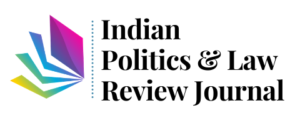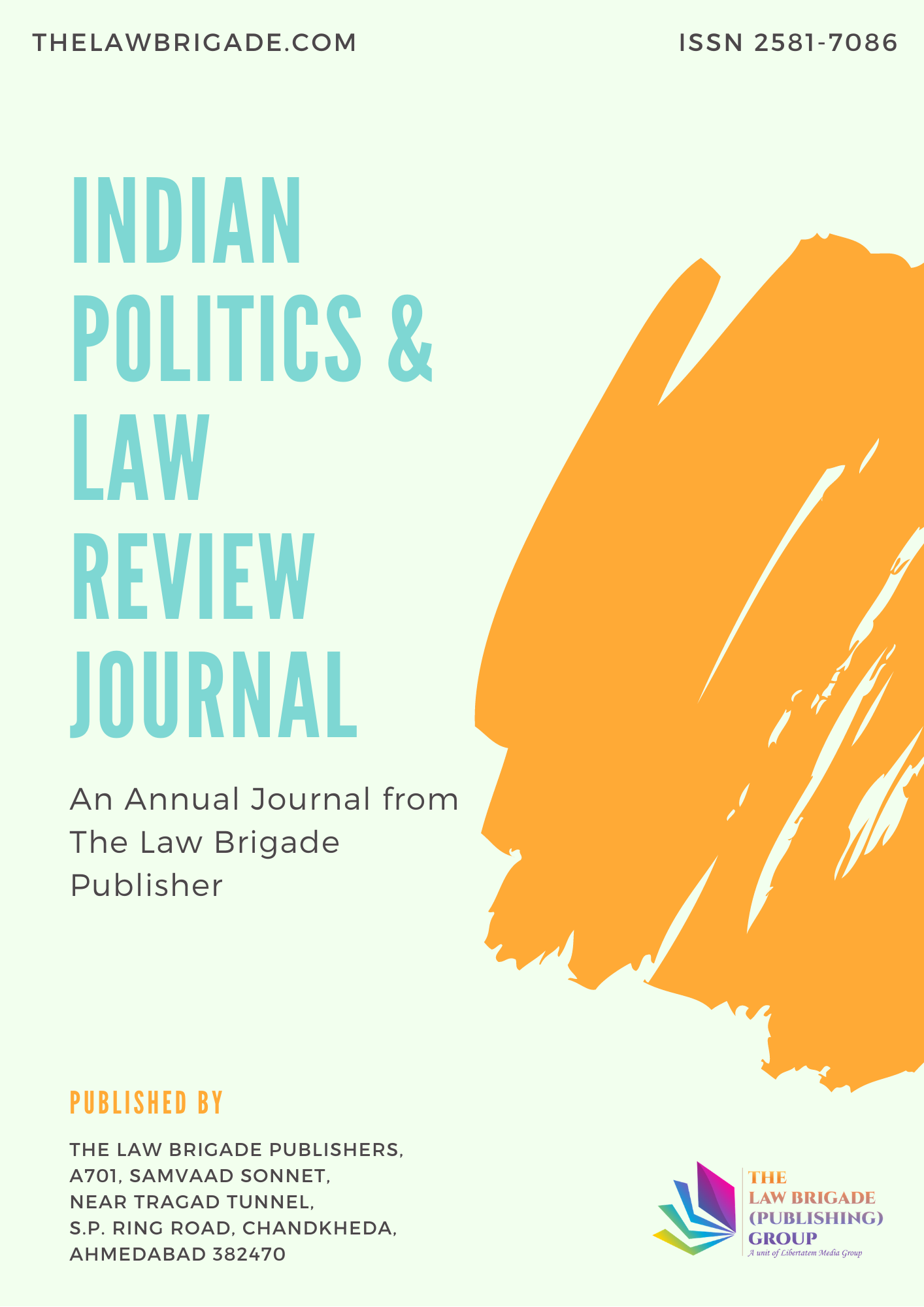To the internet-using population, the world would look like a very different place if social media intermediary platforms and OTT (Over-the-Top) content platforms were to be banned from usage. The Information Technology (Intermediary Guidelines and Digital Media Ethics Code) Rules, 2021 hereafter referred to as IT Rules, while allowing the usage of such platforms, place upon them heavy-handed governmental controls in the guise of regulation. The nature of these regulations, as will be discussed below gives the State excessive control over digital forums with the ability to monitor and take down any content which transgresses the Code of Ethics and Guidelines promulgated by the government. By primarily reflecting upon the work of Gayle S Rubin[i] and Alan Hunt[ii] This paper will attempt to unmask the socio-political implications of this piece of executive lawmaking. Ostensibly the government is trying to safeguard internet users against so-called ‘harmful content’. But the glaring question remains: Who is the government actually trying to protect and from what?
These regulations claim to protect women and children from graphically explicit obscene content that will not only negatively impact their minds but also contribute to an increase in violent crimes against their bodies. Yet in actuality, this merely projects a paternalistic attitude that scapegoats’ sexual content as the cause for societal vices. It is an overreaching attempt by the State to influence societal standards and attitudes on morality. It leads to self-censorship by content creators and intermediary platforms who become wary of publishing anything which goes against the dominant ideological framework. It propagates a distinction between behaviour that is considered socially acceptable, permissible, and desirable as opposed to deviant, undesirable behaviour which should be frowned upon by society and is punishable by law.
The IT Rules additionally mandate that content should not undermine the unity of the Nation or the overall security of the State. However, this may have dangerous implications given the current political climate of the country wherein expressing views contrary to or critical of the government may be deemed as anti-national and seditious. This raises serious concerns regarding the freedom of speech and expression of individuals as the IT Rules give the government the power to silence criticism in a bid to achieve hegemonic dominance and ideological control through the law.
[i] Rubin G, Thinking Sex: Notes Towards a Radical Theory of The Politics of Sexuality, Culture, Society and Sexuality: A Reader (1999).
[ii] Hunt A, ‘Law, State, And Class Struggle’ (1976) Marxism Today.





